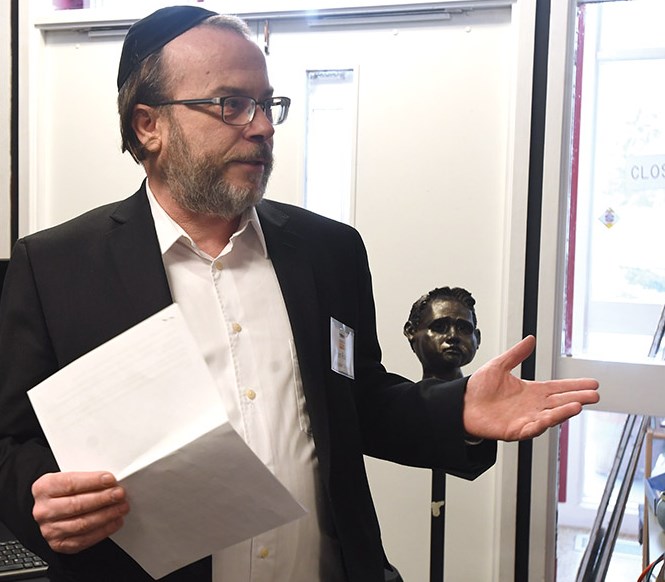As one local resident headed to
Other local artists chose not to leave
All of these perspectives were explored during a Zoom event called Following Creative Paths: Recentering Northern Artistic Life presented by ArtsUNITE from
The panelists were Izaak Smith, who ultimately moved to
Smith, a dancer, actor and now video editor, who appeared in the first season of So You Think You Can Dance
His dance training was with Judy Russell at her Enchainement Dance Studio and he credits that opportunity with a lot of his success.
“I think people under rate the art scene in
Smith said
Tristan Ghostkeeper couldn’t say enough about Judy Russell and the training he received at her dance studio.
He takes all the knowledge he garnered from that experience and carries it into all his career opportunities, he said.
As part of the discussion, the topic of the life/art divide and how
“For me art has been something I have needed everyday and it’s medicine too,” Clayton Gauthier said. “Growing up in
The event took place over two hours and explored many other aspects of the arts including grassroots versus institutional community development while bringing culture conversations away from larger metropolitan cities and toward more remote regions. This event explored the lived experience of the unique artistic community of
The Prince George & District Community Arts Council (CAC) was instrumental in putting the event together and is the umbrella organization for the arts in
Sean Farrell, executive director for the CAC, said he’s seen a shift in the culture in Prince George in the last couple of years where there are a lot of plans for the city that include the arts and making space for it in the community.
“I think right now there is an incredible energy happening at our city hall that has finally recognized art and culture isn’t just a secondary recreational thing and could be a core piece of urban planning,” Farrell said.
During a recent city council meeting, an hour was spent talking about how to make arts and culture a more predominant part of the city’s landscape, he added.
“There was a consensus during the meeting that we’ve kicked this can too long down the road and we missed opportunities and we’re not going to miss those opportunities any more. We can see there is a recognition now that this needs to happen and I think there is a political will now for that to happen. I think timing is always really important and these issues that we’re talking about are actually being heard.”



